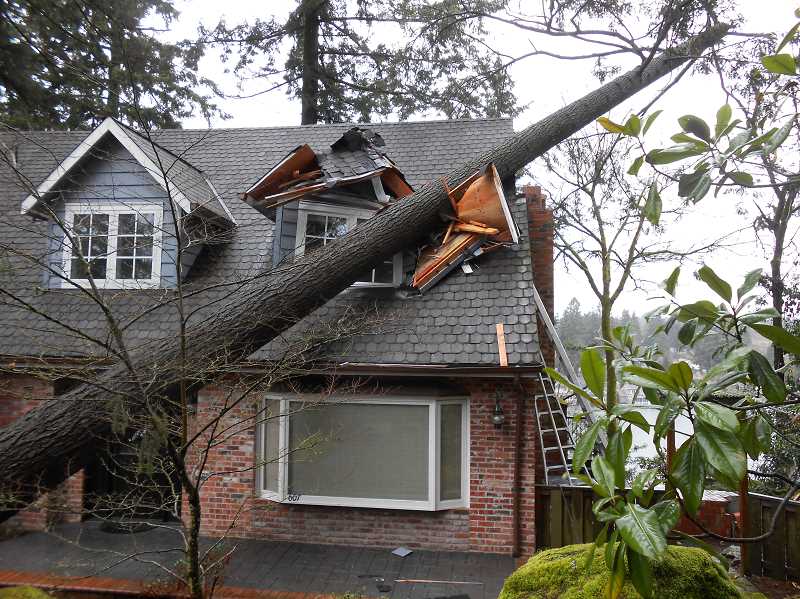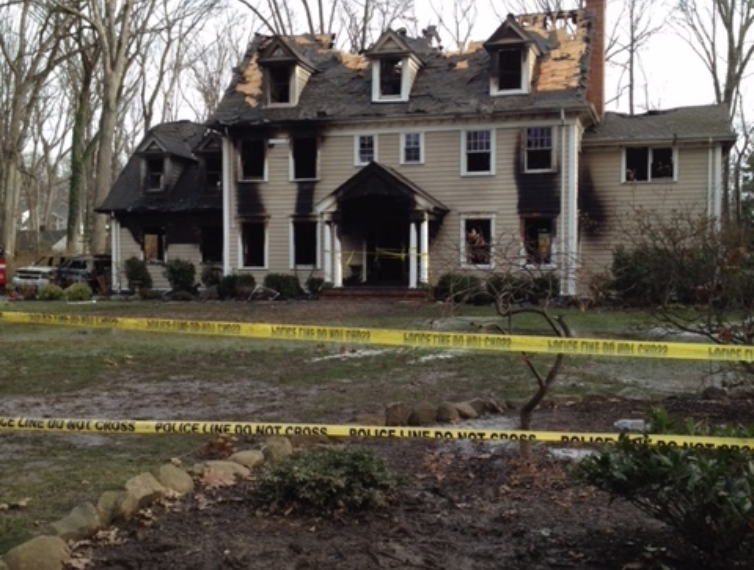The Point of Sprinkler Systems in Building Complexes
/What’s the point of sprinkler systems in building complexes?
They look funny dangling up on the ceiling, those curious little things. Why do we need sprinkler systems anyway? The purpose of sprinkler systems in buildings is to hold potential fire in its path and to stop it from spreading. The heads are typically activated from heavy smoke conditions or heat, with water, pressurized air, or powder being released. In most large multi-family housing centers and commercial buildings, sprinkler systems are required by law, with the National Fire Protection Association (NFPA) dictating these building codes.
There are two main types of sprinkler systems for large apartment buildings: NFPA 13 (Standard for the Installation of Sprinkler Systems) and NFPA 13R (Standard for the Installation of Sprinkler Systems in Low-Rise Residential Occupancies). Basically, NFPA 13 protects the life safety of occupants and attempts to extinguish fire. NFPA 13 buildings are completely “sprinklered” -- sprinklers can be found between walls, floors, bathrooms, attics, etc, and this code is required for hospitals, nursing homes, high rises, and more. On the other hand, NFPA 13R code buildings are only partially covered with sprinklers, which can be found in recreational and meeting areas and upon exits.
There are some massive downsides to sprinkler systems. Of course there is the increase in cost of construction of a building because the system requires special plumbing and piping. Sporadic future maintenance will also be necessary. Additionally, during cold weather conditions, sprinkler heads can freeze and pop, which can cause extensive damage. Also, when when sprinkler heads open up they can cause damage to stock in warehouses.
If you are choosing to move to a large apartment building, or perhaps you are looking at nursing homes for your elderly parent, do inquire about the building’s fire protection and sprinkler system. If the building is only partially “sprinklered,” make sure to take extra precautionary fire safety measures: keep a small extinguisher at reach in every room, check fire alarms, and review fire safety protocol of the building.














